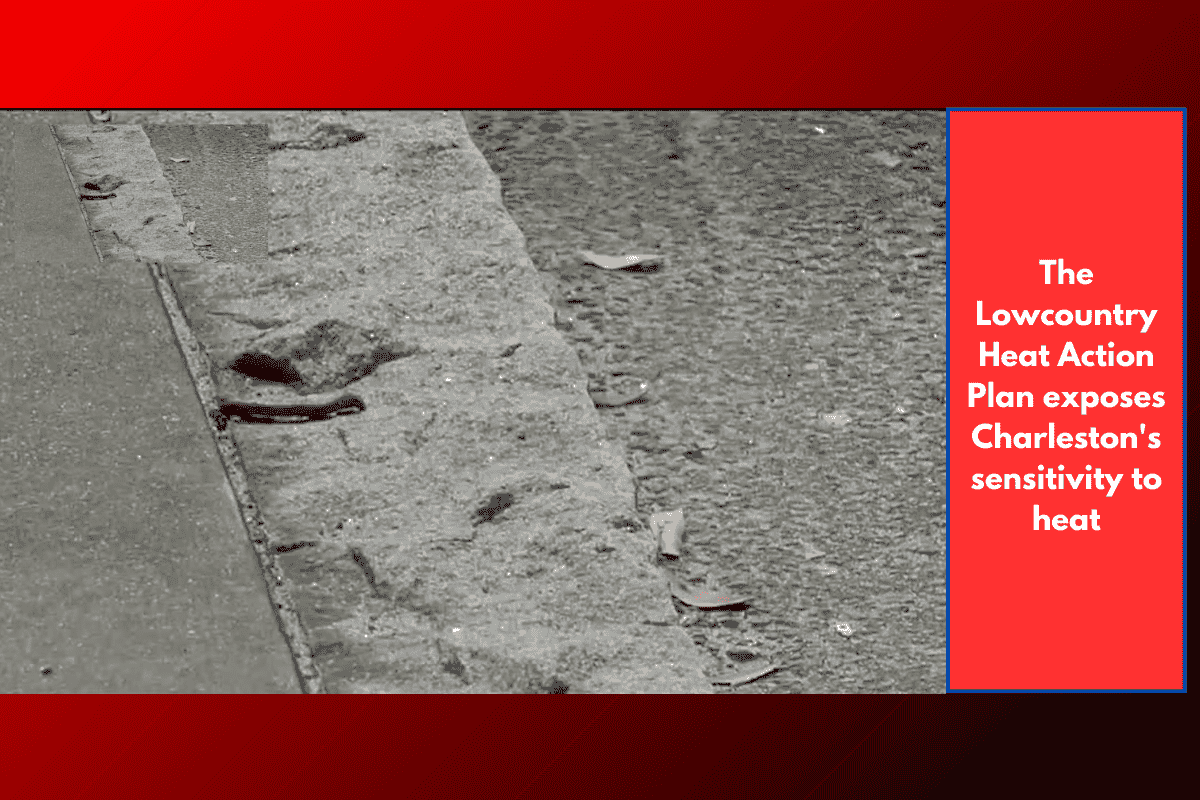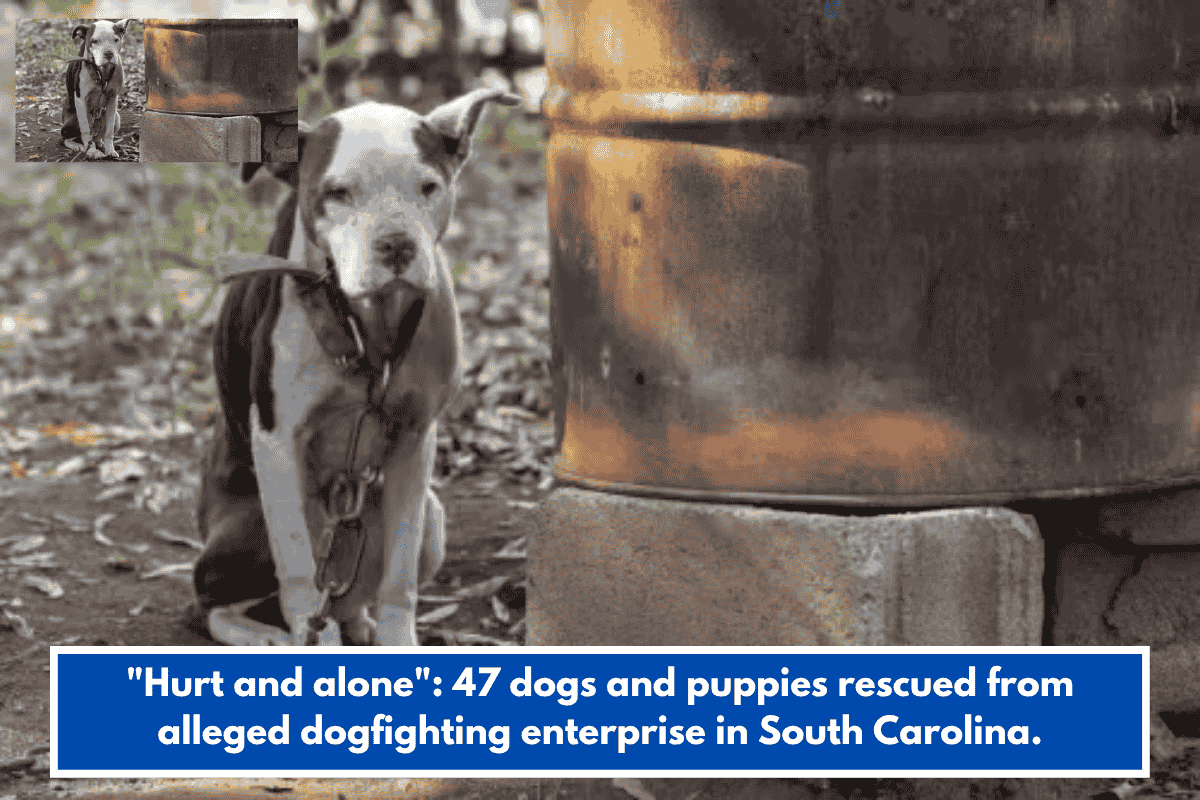Charleston, S.C. — A new Lowcountry Heat Action Plan toolkit has been released, detailing the growing risks of extreme heat and providing strategies to safeguard residents as temperatures in the Charleston area continue to rise. The plan, developed by The Citadel’s Center for Climate Studies, highlights the local vulnerabilities to heat and outlines actions that can be taken to increase community resilience.
Rising Temperatures and Growing Risks
The Heat Action Plan reveals that Charleston’s temperatures are increasing, leading to longer and more frequent heat waves. According to Scott Curtis, director of the Center for Climate Studies at The Citadel, heat is the “number one killer” worldwide in terms of hazardous weather events, yet it is often underestimated in terms of its impact.
Humidity and the urban heat island effect are the primary vulnerabilities for Charleston. The urban heat island effect occurs when developed areas become significantly warmer than rural areas due to the materials used in construction. Asphalt and concrete, for example, absorb and then release heat, intensifying local temperatures. Curtis points out that downtown Charleston has increasingly become a heat island due to the rapid development in the area.
Tree Planting as a Key Strategy
One of the key recommendations of the action plan is the planting of more trees to combat rising temperatures. Trees provide essential shade that blocks direct sunlight and also help cool the environment by absorbing humidity during leaf growth.
Curtis explains:
“Trees have that benefit of shading to reduce that sunlight coming in. They also provide a little bit of a cooling effect because they’re taking up that humidity to grow their leaves.”
Casey Conrad, a geographic information systems analyst with the City of Charleston, worked on the toolkit and highlighted the importance of expanding the street tree canopy — the amount of foliage that covers the ground when viewed from above. The goal is to reach 43.3% tree canopy cover, as suggested by American Forests.
Current Tree Canopy Coverage and Challenges
Conrad noted that many downtown neighborhoods have less than 20% street canopy coverage, which is far below the target. One surprising finding from a recent project was that areas with more asphalt and pavement retain heat longer than those with more greenery. Paved areas tend to stay warmer well into the evening, exacerbating the effects of high temperatures.
However, planting trees in densely developed areas presents its own challenges, particularly in places like downtown Charleston. According to Conrad:
“There’s only so much sidewalk… You might be able to fit a palm tree, but something like an oak, there’s just not enough room for it.”
Moving Forward: Smart Development and Community Action
The Heat Action Plan leaders emphasize that while planting trees and promoting smart development are crucial, they are only part of the solution. The plan encourages residents to read the toolkit’s executive summary and contribute any ideas or feedback on how to address the heat issue in Charleston.
Curtis adds:
“There are ways that we can make ourselves safe by either just recognizing the signs and then just having those things in your house that can help you stay cool when you have the high heat of the day.”
The toolkit encourages proactive steps for staying cool and avoiding heat-related illnesses, including ensuring access to cooling spaces and preparing homes to stay comfortable during the hottest parts of the day.









